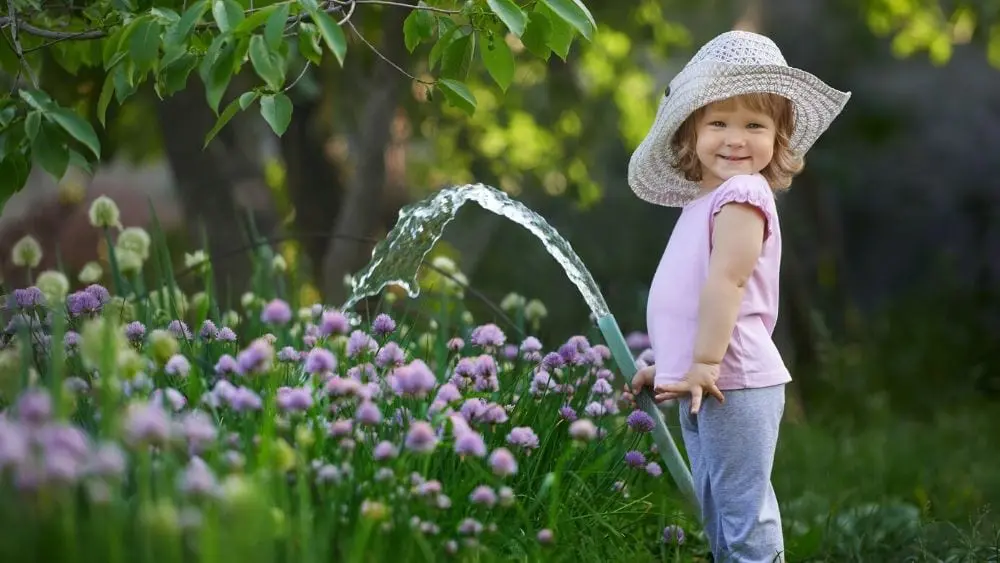
Newly built homes save enough energy to power a TV for 11 years, power a washer for four years and power a coffee maker for 32 years.
That’s a lot of energy saved thanks to energy-efficient toilets, windows and lightbulbs.
It’s hard to see a downside to making a home more energy efficient. It saves you money and it’s good for the environment. And since your new home is already going to save you money on your energy bill (through those aforementioned toilets, windows and lightbulbs), why not make it even more energy efficient?
I’m not saying that you need to get off the grid. But how great will it be to open your energy bills on your new home and see that you owe next to nothing? Plus, if your home reaches green or LEED standards, it increases its resale value by close to 10 percent. In fact, green homes have $25,000 higher resale value in Texas, according to a recent study. That alone is worth the effort it takes to make your home energy efficient in any part of the country.
Use the Land to Your Advantage
As someone who is building a new home, landscaping is an essential part of reducing energy costs. Well-designed landscaping saves enough energy to pay for itself in eight years, according to Energy.gov.
Here are just a few ways that good landscape design can save you money and energy:
| Energy Goal | Landscaping Design Approach |
| Cool Home | Place deciduous trees on the south side of your house. They’ll allow the breeze to come through, while blocking out 90 percent of the sun. |
| Insulate Home | Plant vines, shrubs and bushes next to your house. This creates space that’s insulated. |
| Reduce Wind | Evergreen shrubs and plants placed north and northwest of your house will help reduce wind. |
| Trap Snow | Put low shrubs on the windward side of any windbreaks and they’ll contain snow, preventing it from blowing to your house. |
Insulate the Smart Way
Insulation is one of the most cost-efficient ways to conserve energy in your new home. It not only reduces your total energy use, but it makes you less dependent on cooling and heating systems.
But what should you insulate? Almost everything if you want to receive maximum comfort, savings and energy efficiency. Talk with your builder to ensure you’re insulating the right spaces. According to the Department of Energy, you should insulate:
- Unfinished attic spaces
- Between and over the floor joists to seal off living spaces below
- Between the studs of knee walls
- Between the studs and rafters of exterior walls and roof
- Ceilings with cold spaces above
- In the joist space to reduce air flows
- All exterior walls, including walls between living spaces and unheated garages, shed roofs or storage areas
- Foundation walls above ground level and in heated basements
- Floors above cold spaces, such as vented crawl spaces and unheated garages
- Any portion of the floor in a room that is cantilevered beyond the exterior wall below
- Slab floors built directly on the ground
- Foundation walls of unvented crawl spaces
- Band joists
- Replacement or storm windows
Save Money When It Rains
Water bills are increasing every year. You can offset that cost by collecting rainwater. All rainwater harvesting systems 1) captures rainwater, 2) transports water from the roof to a designated storage compartment, 3) stores water in the storage area and 4) distributes water. You can use this rainwater for indoor or outdoor use. It’s up to you. Ask your builder if you can install a system that will recycle gray water for irrigation use.
Ask the Right Questions
A home is only as good as the people building it, especially when you’re trying to make an energy-efficient home. These are the eight questions you should ask builders when building a green home to ensure that you hire the right person for the job.
- Why do you build green houses?
- What are your designations? Are you certified by the National Association of Home Builders’ Certified Green Professional or the U.S. Green Building Council’s?
- How many houses have you constructed to green standards?
- Can I have references from satisfied buyers?
- Will the house be certified by an independent, third-party organization?
- Do you complete the Appraisal Institute’s Residential Green and Energy Efficient Addendum on your green homes?
- Will the house receive a Home Energy Rating System (HERS) rating on the house and will I get a complete copy of the rating?
- Will I be able to see the house while it’s under construction and meet the person in charge?
Danielle Small is a freelance writer and strategist with a few awards under her belt (including a 2016 Min Online’s Editorial & Design Awards – Editorial Award for Opinion/Commentary).
 4 Home Furnishing Mistakes First Time Home Buyers Make
4 Home Furnishing Mistakes First Time Home Buyers Make